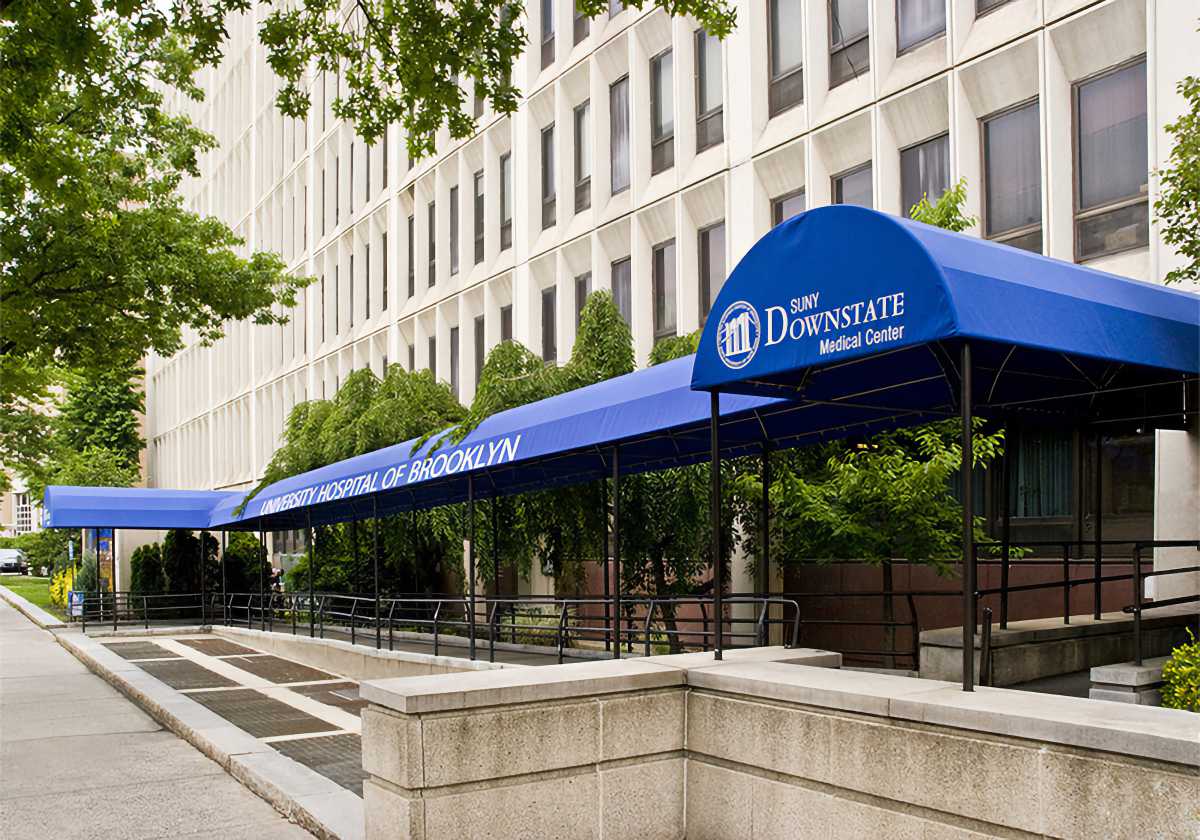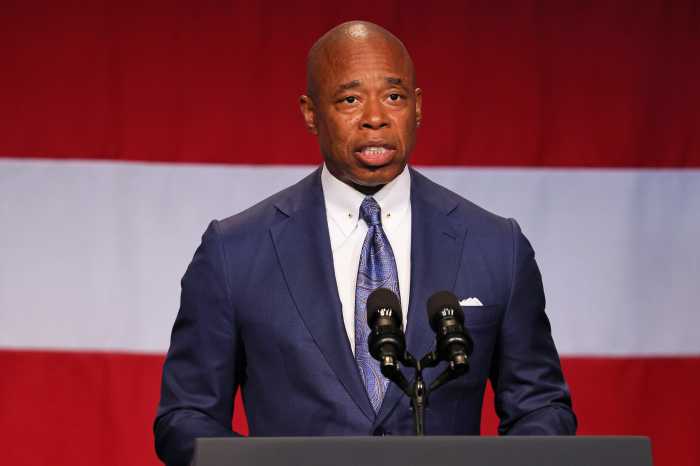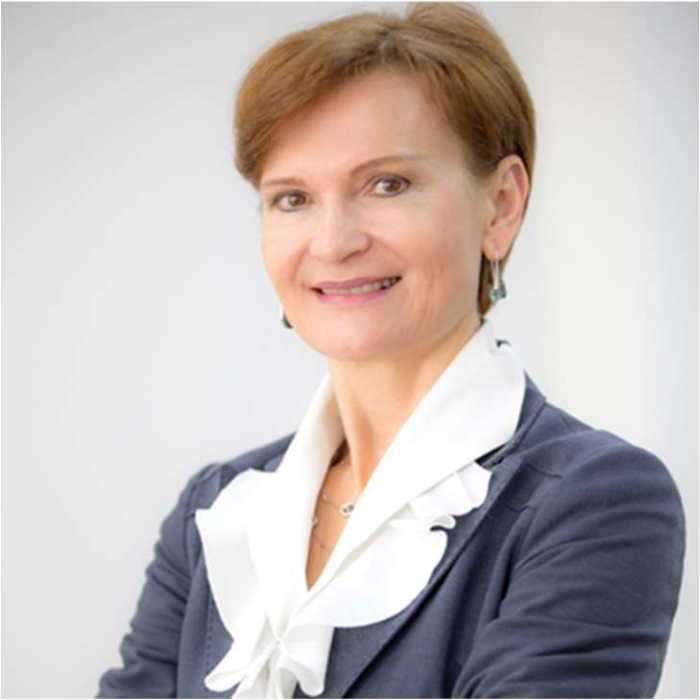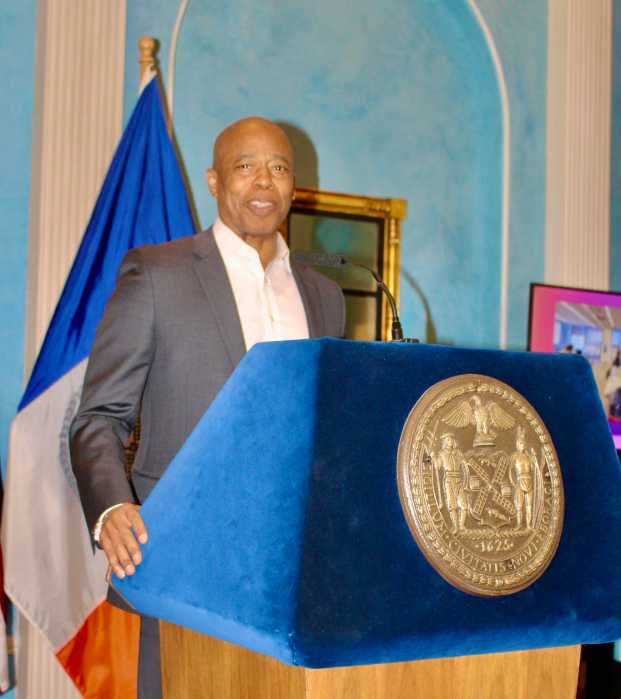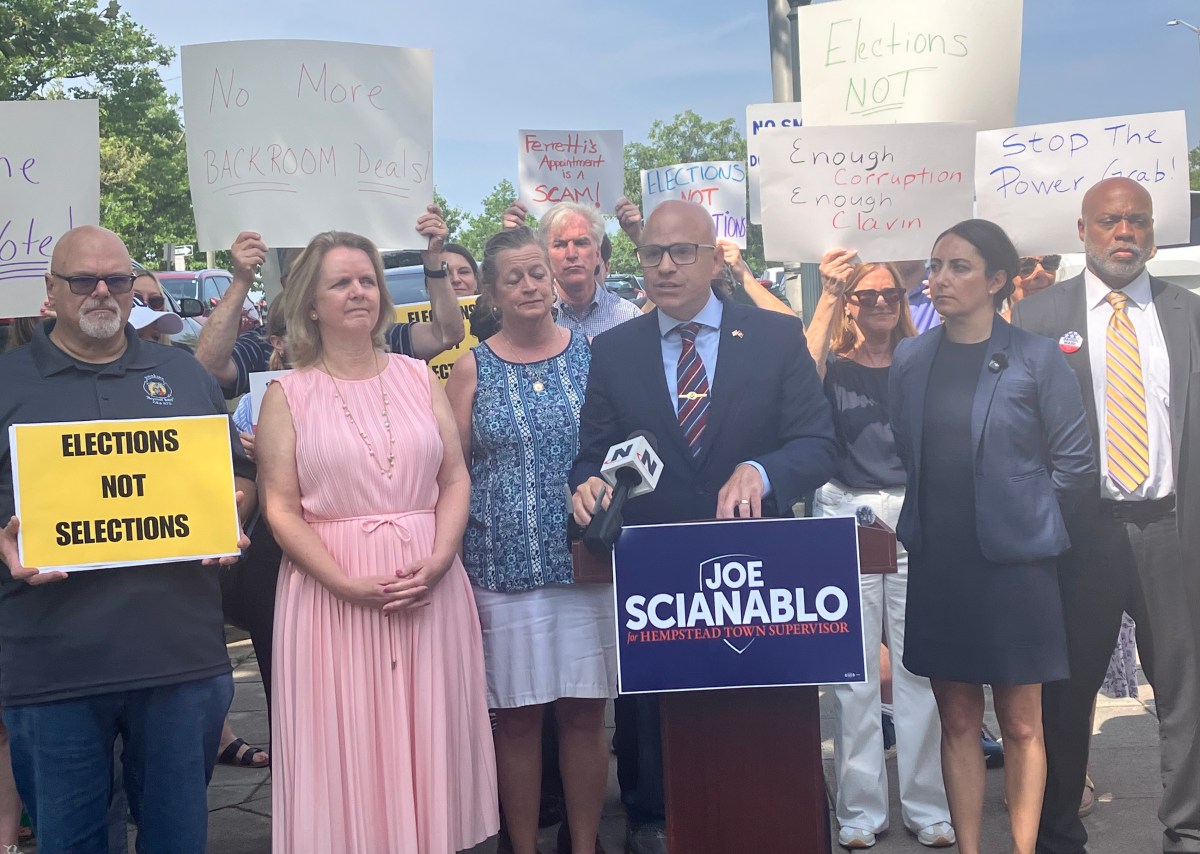Sponsored Content
There has been much discussion about how the planned closure of SUNY Downstate University Hospital will drastically compromise healthcare services in Brooklyn — and leave more than 400,000 patients treated there each year without immediate access to vital, life-saving care.
But little has been said about how Downstate’s medical school — and particularly its residency program — will be affected if the hospital is shuttered.
In a statement issued in early March, 16 department chairs at Downstate’s medical school and hospital aired major concerns about the medical school’s ability to provide quality instruction and experiences for medical students and residents. The impact on undergraduate and graduate medical education will be “devastating” if the hospital closes, they said.
Downstate medical students spend up to 30% of their clinical rotations at Downstate hospital. Without its teaching hospital, Downstate would find it very difficult to place residents at neighboring affiliate hospitals.
There is a severe shortage of residency openings at nearby hospitals, especially in surgery, medicine, obstetrics, gynecology, and pediatrics training programs. There would be “insufficient training opportunities” at other hospitals for residents and fellows if Downstate closes, the chairs said.
And that will adversely impact healthcare in Brooklyn and the other boroughs. Downstate is a vital pipeline of doctors and medical professions to New York City; more physicians have trained at Downstate than any other medical school.
Downstate isn’t the only medical school facing this issue.
The shortage of residency programs for medical students is a major issue nationally, with significant implications for the healthcare system. It’s a problem that can’t be overstated, as it affects not only medical students but also hospitals, patients, and communities at large.
Let’s acknowledge the paradox: We have a growing need for healthcare professionals, yet there aren’t enough residency positions to accommodate all graduating medical students. New York–and by extension Downstate hospital and SUNY public teaching hospitals in Stony Brook and Syracuse– play a pivotal role in the medical residency pipeline.
According to a study by the Center for Health Workforce Solutions, nearly one in five physicians practicing in the United States received graduate medical education in New York. In 2021 alone, New York residency programs trained approximately 18,000 physicians in its graduate schools, accounting for about 13% of all physicians trained nationwide. These statistics underscore the vital role that New York plays in supplying the nation with skilled doctors.
This shortage not only delays the career progression of aspiring doctors but also leaves many highly qualified individuals without the opportunity to fully utilize their skills and knowledge in serving the community.
A major consequence of this shortage is the worsening of the physician shortage in underserved areas like Brooklyn. Without adequate residency positions, medical graduates may not be incentivized to pursue careers in areas where healthcare access is already limited. This perpetuates disparities in healthcare delivery, leaving vulnerable populations without essential medical services.
In fact, the New York State Department of Health documented these healthcare disparities in their own report, which was quietly released in February. A few key findings from the report include:
- Zip codes with a higher proportion of Black and Hispanic residents had at least 20% fewer medical providers and staffed hospital beds per capita in their neighborhoods;
- Premature deaths before the age of 65 are higher in Brooklyn than the other boroughs of New York City and New York state; and
- Brooklynites experience late diagnoses of several types of cancer at a higher rate than the rest of New York City and state.
The bottleneck in residency positions also has a ripple effect on medical education as a whole. With limited spots available, medical schools may face pressure to decrease enrollments, reducing the overall number of future physicians trained. The Association of American Medical Colleges (AAMC) predicts the U.S. could see a shortage of approximately 122,000 physicians by 2032 as demand is exceeding supply for primary care and specialist physicians. This could worsen the already significant physician shortage in the long term and hinder efforts to address evolving healthcare needs.
Addressing the shortage of residency programs requires a multifaceted approach. Increased funding for residency positions is crucial, as it would allow hospitals to expand their training programs and accommodate more medical graduates. Additionally, policies should be implemented to incentivize the creation of residency programs in underserved areas, which would encourage physicians to practice in communities that need them most.
One thing is clear: Closing SUNY Downstate University Hospital will have an immediate and severely negative impact on a borough that is already experiencing multi-generational healthcare disparities. Rather than closing SUNY Downstate hospital, the Governor should be investing in Downstate to substantially upgrade the facility to ensure our future doctors and healthcare professionals receive the highest quality of education and training.


